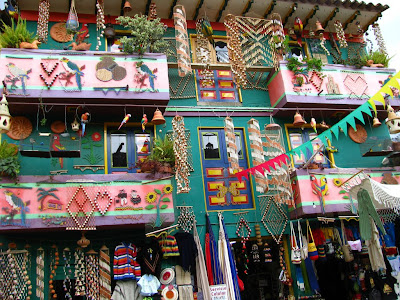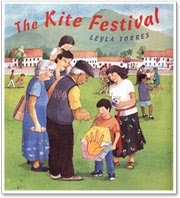The Chibchas or Muiscas Explain Creation

In 1536, the Spanish arrived on the plains of Bogotá and explored the Altiplano Cundiboyacense . There, they found the third largest group of indigenous inhabitants in America. These indigenous people called themselves the Muiscas , which meant ‘the people’. They called their language Chibcha . Today, these words are both used when describing the natives of the Altiplano. The Muiscas were not a united group, but rather a collection of city states. The majority of the power was held by two main cities – what today are called Bogotá (then called Bacatá ) and Tunja (then called Hunza ) located in Boyacá . These two cities were mortal enemies and each enlisted the loyalty and help of near by cities in the many battles they had between them. Despite their constant fighting one city remained neutral amid the conflicts -- Sogamoso (then called Sugamuxi ) also in Boyacá . This city was the religious center of the culture. [Today, you can see a rebuilt religious center and Temple by visiti...







